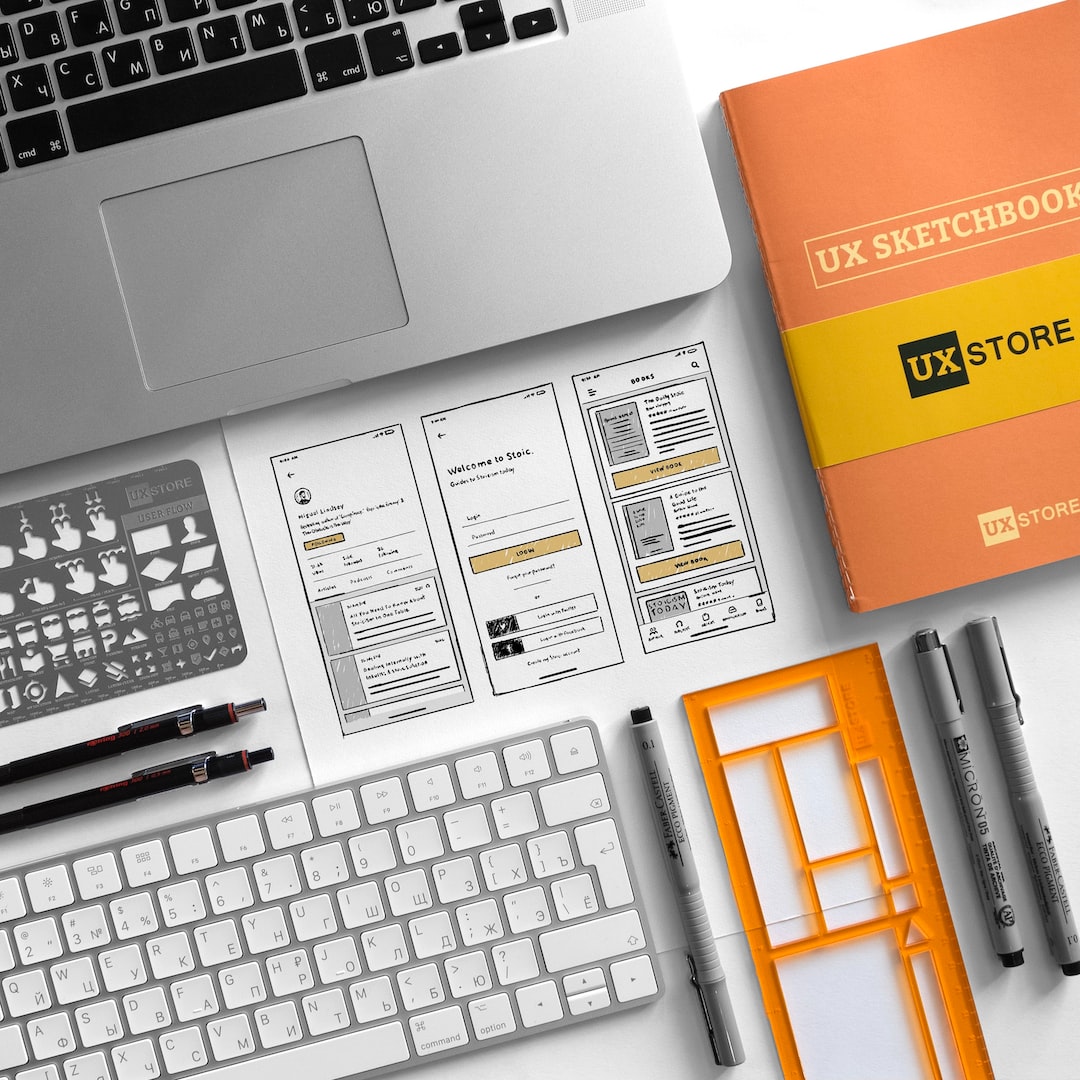In recent years, the design of mobile app interfaces has seen a significant transformation due to the emergence of Material Design. Introduced by Google in 2014, Material Design has had a profound impact on the way we interact with mobile applications. This design philosophy has not only enhanced the visual appeal of apps, but it has also revolutionized the overall user experience. In this blog post, we will explore the various aspects and benefits of Material Design in mobile app interfaces and its impact on the digital landscape.
One of the most prominent features of Material Design is its emphasis on simplicity and minimalism. This design language aims to create interfaces that are clear, intuitive, and visually appealing. By incorporating a clean layout, bold typography, and vibrant colors, Material Design has brought a fresh and modern look to mobile app interfaces. This has not only enhanced the aesthetic appeal of apps, but it has also made them more engaging and user-friendly. Users are more likely to spend time on an app that is visually appealing and easy to navigate.
Another significant aspect of Material Design is its focus on motion and animation. Animations are used to provide feedback to users, giving them a sense of interaction and responsiveness. This not only enhances the user experience but also helps in guiding users through the app. For example, when a user taps on a button, it may animate by changing shape or color, providing visual feedback about the action that has been performed. These animations not only make the app more enjoyable to use but also enhance the overall user experience by providing a sense of continuity and flow.
Furthermore, Material Design promotes the concept of information hierarchy, making the organization of content more intuitive. With the use of layers and shadows, Material Design creates a visual hierarchy that helps users understand the importance and relationship between different elements on the screen. This hierarchy ensures that users can easily navigate through the app and find the information they are looking for without any confusion. By making the content more accessible and organized, Material Design has made mobile app interfaces more user-friendly and efficient.
Another significant impact of Material Design on mobile app interfaces is its focus on responsiveness across different devices and screen sizes. With the increasing popularity of smartphones and tablets, it has become essential for mobile apps to adapt to various screen sizes and orientations. Material Design provides guidelines and tools for developers to create responsive interfaces that can seamlessly adapt to different devices. This ensures that users have a consistent and enjoyable experience, regardless of the device they are using.
Moreover, Material Design has played a crucial role in creating a unified visual language across different apps and platforms. With its consistent use of typography, colors, and UI elements, Material Design has helped in establishing a cohesive design language that users are familiar with. This makes it easier for users to navigate through different apps and platforms, as they don’t have to relearn how to interact with each app they use. This consistency not only enhances usability but also contributes to a more seamless and connected digital experience.
In conclusion, Material Design has had a profound impact on mobile app interfaces. Its emphasis on simplicity, minimalism, motion, and responsiveness has not only enhanced the visual appeal of apps but has also revolutionized the overall user experience. By providing visual hierarchy, responsive design, and a unified visual language, Material Design has made mobile apps more user-friendly, engaging, and efficient. As the digital landscape continues to evolve, Material Design will undoubtedly continue to shape the design of mobile app interfaces, providing users with a more intuitive and delightful experience.
